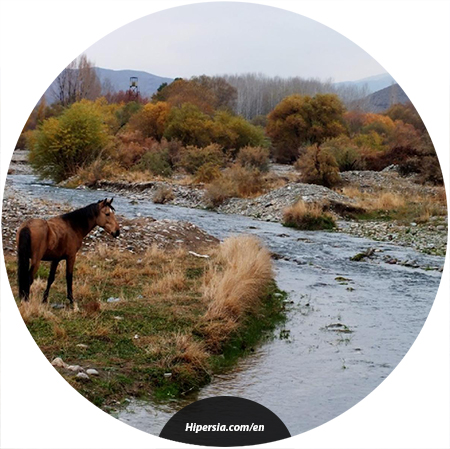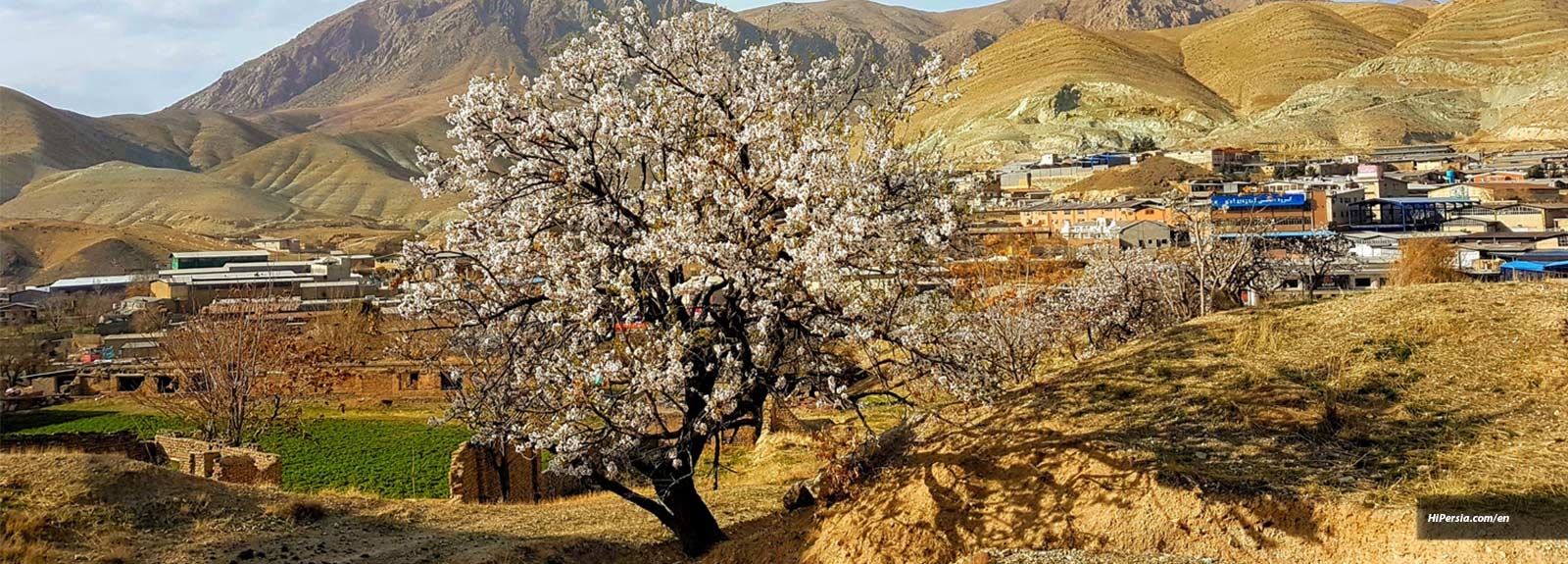1,747 Votes, Rating Value 4.98
Author: Mohammadreza Mazaheri
Edit date: 2025-07-17 09:22:36
Where is Khojir National Park?
Khojir is located near another valuable natural area around Tehran called Sorkheh Hesar National Park. Given its nearness, the natural features of the two regions such as the species of animals, and plants are similar. Khojir remains more intact and healthy due to its distance from Tehran.
Khojir National Park is a protected area in the east of Tehran that covers about 10.013 hectares and has been designated as a National Park since 1982. Khojir is part of the Jajrood Protected Area, which has been selected as a royal hunting ground about 200 years ago, and in fact, it is the oldest hunting area in the country.
Khojir National Park is made up of high mountains and hilly, and semi-elevated hills.
Major peaks of Khojir National Park include Zelzele peak, Barjamali, Zirak Chal, Sarukoh, Zirak Chal, Aseman Kuh, Gavidagh, Jangal Soukhteh, and Darbandak.
The water sources in Khojir National Park include the Jajrood River which flows through the park after crossing the Latyan Dam.
Major springs in this park can be mentioned as Bagh Angur, Bagh Anari, Dareh Chenar, Sang Bandi, Baghshah, Nayeb Ali, Seyed Reza. The least humid area of Khojir National Park is its central valley.

- What species live in Khojir National Park?
Khojir National Park and Sorkheh Hessar and Jajrood Protected Area are very suitable habitats for animals. Importantly, mammals are often referred to as habitats reagents because of their strong dependence on their habitat.
Some of the animals that live in the park as follows: Wolf, jackal, common fox, marten, European badger, Eurasian otter, hyena, wildcat, leopard, wild boar, bezoar ibex, Ovis Orientalis, gazelle, rabbit.
- birds of Khojir national park
Khojir National Parks and Sorkheh Hesar and Jajrood Protected Area are the best home to many migratory species, due to their diverse habitats, including rivers, mountains, steppes, farms, gardens. For this reason, species of birds are found in different habitats.
In total, the birds of Khojir and Sorkheh Hesar National Parks and Jajrood Protected Area constitute 22.6% of Iran's bird species: partridge and see-see partridge, mallard, Eurasian teal ,and northern shoveler, bunting, Eurasian golden oriole, hoopoes rollers ,and birds such as the eastern imperial eagle are among these birds.
- Reptiles of Khojir national park
In the Khojir, Sorkheh Hesar National Parks, and Jajrood Protected Area, 27 species of reptiles have been identified, including 9 species of lizards, 17 species of snakes, and one turtle species.
- plants of Khojir national park
The best wild pistachio forest in Alborz is in this park. Peanut, Prunus scoparia, Celtis Australis, and juniper trees are other important trees of the Khojir National Park. Specific pharmacological, industrial, and edible species of Khojir National Park include Cotoneaster, Sophora, Rubia tinctorum, Plane trees, Barberries, White poplar, Paliurus Spina-Christi, Ephedra, Maple, Pine, Hawthorn, European ash, Tree of heaven, Locusts, Prunus lycioides, Ephedra, Cornflower, Tamarisk, and Common couch. Another natural attraction of this area is the Wild Poppy in mid-spring.

- What is the best time to go?
The best time to visit the park is early July to early November. It should be noted that visiting should take place on specific routes.
- Getting there?
The park is located in the east of Tehran, next to Sorkheh Hesar Park. The best route to Khojir is the Pasdaran road to Parchin.











